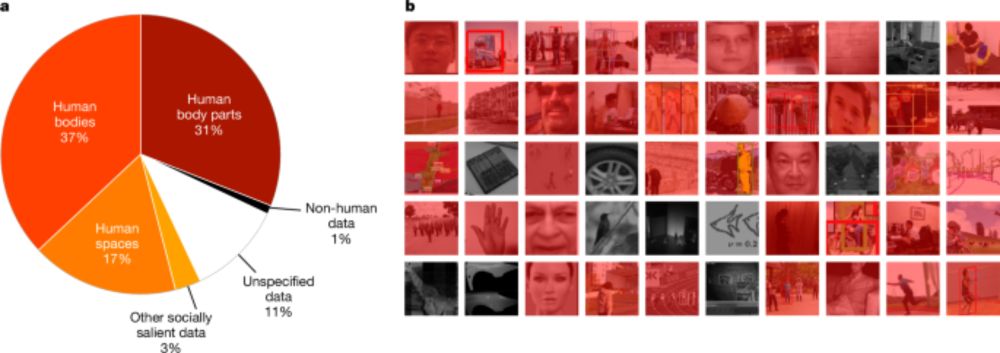Myra Cheng
@myra.bsky.social
2.7K followers
130 following
41 posts
PhD candidate @ Stanford NLP
https://myracheng.github.io/
Posts
Media
Videos
Starter Packs
Reposted by Myra Cheng
Reposted by Myra Cheng
Myra Cheng
@myra.bsky.social
· Aug 4
Reposted by Myra Cheng
Alexandra Olteanu
@aolteanu.bsky.social
· Jul 29
Myra Cheng
@myra.bsky.social
· Jun 28
Myra Cheng
@myra.bsky.social
· May 22
Myra Cheng
@myra.bsky.social
· May 22
Myra Cheng
@myra.bsky.social
· May 21

Social Sycophancy: A Broader Understanding of LLM Sycophancy
A serious risk to the safety and utility of LLMs is sycophancy, i.e., excessive agreement with and flattery of the user. Yet existing work focuses on only one aspect of sycophancy: agreement with user...
arxiv.org
Myra Cheng
@myra.bsky.social
· May 21
Myra Cheng
@myra.bsky.social
· May 21













